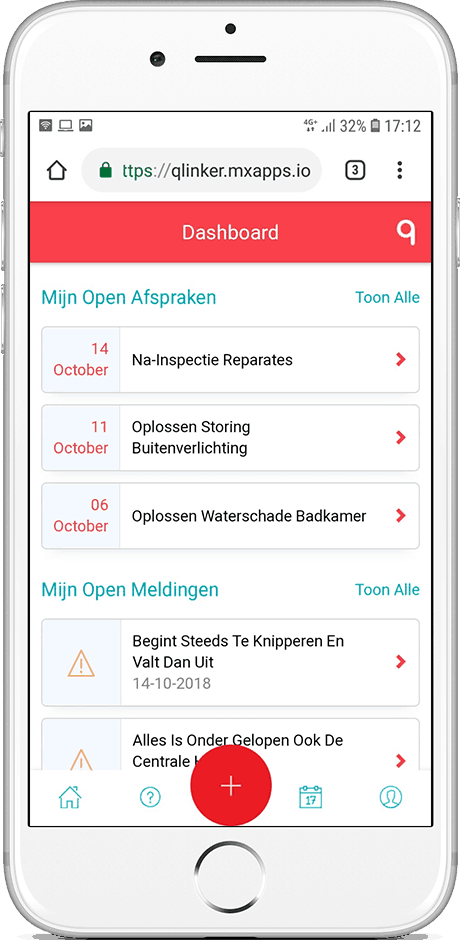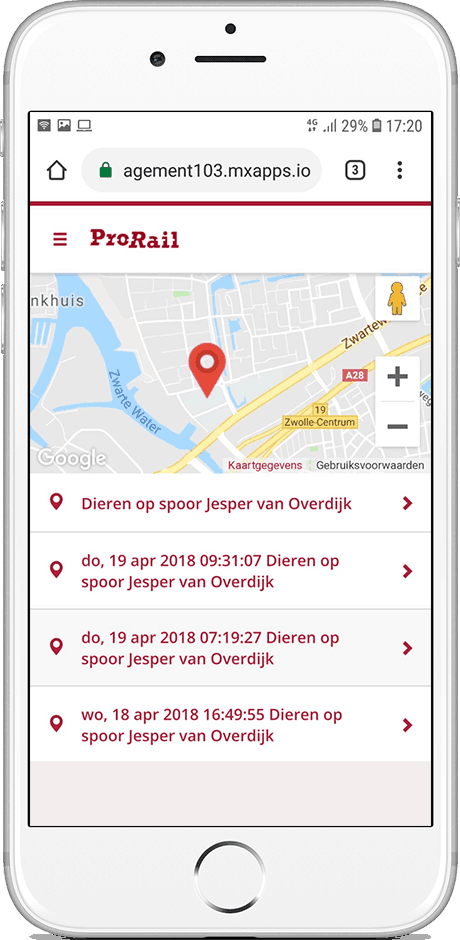In today’s maker profile, we talk to Jacob Boer, a Mendix Business Engineer at MxBlue, a Mendix consulting company. Hear Jacob’s story about how he’s rebooted his career using Mendix.
What’s your professional background? Do you have any prior programming experience?
I have a very long history in IT. I graduated from school in 1985, did some studying and then I switched to being trained as a programmer. I started learning Cobol on sheets of paper that were brought to a punching chamber, and the next day you would get results. From there, we started coding interactively. I was coding on and off until 1996. For a short period of time, I was also a programming teacher in the IBM language called RPG, which was in 1997. So, I have a background in programming, but it stopped in the previous century.
What prompted you to want to solve problems low-code development?
In the early 2000s, I got into IT project management, IT management, and finally into information management and architecture at a large insurance company. We had this very complex landscape. IT was busy with government legislation, legacy updates, staying up-to-date with the latest versions and so on. The business wanted to evolve fast and for IT, it was very difficult to keep up with the pace.
My teammates and I had been working with high-level languages in the past, and by 2007, we started looking into Mendix. Unfortunately, Mendix really never got a foothold in that company, but in my mind, it started to become a thing that we really need to do. If we didn’t move to low-code development and being more efficient, the business would bypass us and do their things, their way. Can’t blame them!
We had already entered a situation where the business was buying software-as-a-service solutions without involving IT. By the time they would want to go live, IT was the last department to contact for the necessary connections and it was the first time we were hearing about them. That’s not the best model to work with IT. I thought we had to embrace Mendix or another low-code platform to speed up and make sure IT stayed relevant to the business.
What was it that made you want to make that switch to Mendix and adopt low-code development?
By 2016, I joined a program from Allianz Group. We were looking into the future of Allianz’ IT, discussing cloud computing, microservices, domain-driven design. It’s clear that that’s the future of IT. For me, it’s clear that tooling can help you do the integration, makes your life as a programmer easier and makes the continuous integration and continuous delivery much easier.
What were the steps that you took to learn the Mendix Platform?
At Allianz Benelux, we did a workshop at the Mendix office, making a small Mendix integration. We were able to produce a working prototype with Mendix and the Allianz core insurance system services in one evening with some of the smart guys from Mendix.
This was a typical example of the right solution at the wrong time. It made me rethink what role I wanted to be in and I decided to switch from my cool insurance management enterprise architecture position to actually doing something even cooler, delivering the future. But first, I had to make this move where I could start learning Mendix.
After some searching, I found my match with MxBlue, where I got the opportunity to learn Mendix on the job.
As soon as I was contracted, I started doing online courses and started playing around a little bit with Mendix. When I started at MxBlue, I did all the available online training, first becoming a rapid application developer and then passed the advanced course. In parallel, I adopted a pet project, building an expenses declaration app for an organization I was working for. I applied everything from my training on this project and got some real, hands-on experience. Anticipating the next course, I started working with integrating some services and was able to produce some well working, good-looking applications.

What was the first problem you solved using Mendix?
At MxBlue, I got involved with a business-to-business project, a customer portal built on top of an SAP backend system, where we built a customer service application. Giving customers access to an online system that showed business-to-business transactions and made that information available 24/7.
Every day we sat with customers, and at the end of those days, we could demo some of their inputs in an early working version of the product. It was very satisfying. It kept them close to the project, and it kept us sharp.
Within four months at MxBlue, I was already producing tangible, usable results for a customer. That project was nominated for an SAP quality award in the Netherlands. We were one of the three winners in the innovation category, so it’s very cool that that was my first project.
What are some cool things you’ve been able to do with the Mendix Platform?
The coolest thing for me is the fact that with one single click, I can deploy a new version of the portal and make it feasible for my customers. I can sit with the customers or the business users in the morning and discuss the product, and at the end of the day, I can have the changes implemented.
And we’ve got some cool stuff that’s coming: We will have a workshop with Siemens on MindSphere, where we’re going to try and visualize IoT triggers in Mendix, make them actionable in a dashboard, and make smart apps that way. It’s exciting.

How has Mendix changed the way you work?
My role has completely gone upside down. Being an enterprise architect, I was telling other people how they might develop future projects. Now, my feet are in the mud—as we say in Dutch—actually doing the project. It changes the way you work with fast feedback loops that let you make your project really agile.
Mendix makes you a serious partner for the business again. Instead of them going out and finding solutions and not involving IT.
What are the new career opportunities Mendix has provided you?
Mendix opens up all kinds of opportunities. I get to play with new technologies like Siemens’ Internet of Things integration and AI capabilities. I’m very glad that MxBlue gives me this opportunity to work on fancy new apps with Mendix and I’m looking forward to spending the next 15 years implementing cool new stuff.


